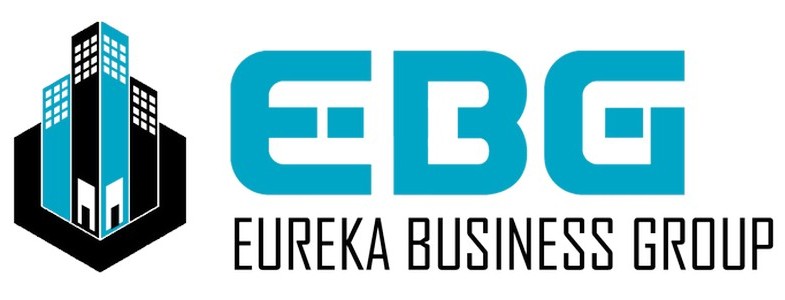- Home
- Commercial Broker Services
- Business Broker Services
- Business Owners Resources
- How to Read a Retail Property Operating Expense Statement
How to Read a Retail Property Operating Expense Statement: A Comprehensive Guide
Understanding operating expense statements is crucial for retail property owners, managers, and tenants. These financial documents detail the costs associated with maintaining and operating a commercial property, ultimately affecting both landlord profitability and tenant expenses. This guide will walk you through the essential components and help you analyze these statements effectively.
Understanding the Basics
Operating expense statements, often called OpEx statements, provide a detailed breakdown of all costs incurred in managing and maintaining a retail property. These expenses are typically passed through to tenants as part of their Common Area Maintenance (CAM) charges, making it essential for all parties to understand their composition.
Key Components of an Operating Expense Statement
Utilities
The utilities section encompasses all energy-related costs, including electricity for common areas, water, gas, and waste management. These expenses can vary significantly based on seasonal changes and property usage patterns. Smart property managers track these costs monthly to identify unusual spikes or opportunities for energy efficiency improvements.
Maintenance and Repairs
This category includes routine maintenance costs like cleaning services, HVAC maintenance, elevator servicing, and general repairs. It’s important to distinguish between regular maintenance expenses and capital improvements, as the latter typically cannot be passed through to tenants under most lease agreements.
Insurance and Property Taxes
Property insurance premiums and real estate taxes are significant components of operating expenses. These costs can fluctuate annually based on market conditions, property valuations, and local tax rates. Understanding these variations is crucial for accurate budgeting and expense forecasting.
Administrative Expenses
Administrative costs include property management fees, accounting services, legal expenses, and other professional services required to operate the property. These expenses should remain relatively stable year-over-year unless there are significant changes in property management structure or service providers.
Analyzing the Statement
Year-over-Year Comparison
When reviewing an operating expense statement, start by comparing current expenses to previous years. Look for:
- Significant variations in specific expense categories
- Overall trend patterns in total operating expenses
- Unusual spikes or drops that require explanation
Expense Ratios
Calculate key expense ratios to benchmark property performance:
- Operating Expense Ratio = Total Operating Expenses / Gross Operating Income
- Utility Cost per Square Foot = Total Utility Expenses / Gross Leasable Area
- Maintenance Cost per Square Foot = Total Maintenance Expenses / Gross Leasable Area
Understanding Recoverable vs. Non-Recoverable Expenses
Not all operating expenses can be passed through to tenants. Carefully review lease agreements to understand which expenses are recoverable. Common non-recoverable expenses often include:
- Capital improvements
- Structural repairs
- Leasing commissions
- Depreciation
- Marketing expenses for vacant spaces
Red Flags and Warning Signs
When reviewing operating expense statements, watch for these potential issues:
Unusual Expense Patterns
Sudden increases in specific expense categories might indicate underlying problems requiring attention. For example, a sharp rise in water expenses could signal plumbing issues or irrigation system problems.
Missing or Incomplete Categories
Ensure all expected expense categories are present and properly documented. Missing categories might indicate incomplete reporting or misclassified expenses.
Excessive Administrative Costs
Administrative expenses should typically remain stable. Significant increases might suggest inefficient management or unnecessary service costs that need review.
Best Practices for Review
Regular Monitoring
Implement a system for monthly or quarterly review of operating expenses rather than waiting for year-end statements. This approach allows for timely identification and correction of issues.
Documentation Requirements
Maintain detailed documentation for all expenses, including:
- Vendor invoices
- Service contracts
- Insurance certificates
- Tax assessments
- Utility bills
Budget Alignment
Compare actual expenses against budgeted amounts regularly. Understanding variances helps improve future budgeting accuracy and identifies areas requiring attention.
Impact on Property Value
Operating expenses directly affect a property’s net operating income (NOI) and, consequently, its market value. Lower operating expenses generally translate to higher NOI and property value. Therefore, effective expense management is crucial for maintaining and increasing property value.
Conclusion
Reading and understanding operating expense statements is a fundamental skill for anyone involved in retail property management or ownership. Regular analysis helps identify cost-saving opportunities, ensures accurate tenant billing, and maintains property value. By following these guidelines and maintaining consistent review practices, property managers and owners can better control expenses and optimize property performance.
Remember that operating expense statements should be viewed as dynamic documents that require ongoing attention and analysis. Regular review and understanding of these statements contribute to better property management decisions and improved financial outcomes for both owners and tenants.



